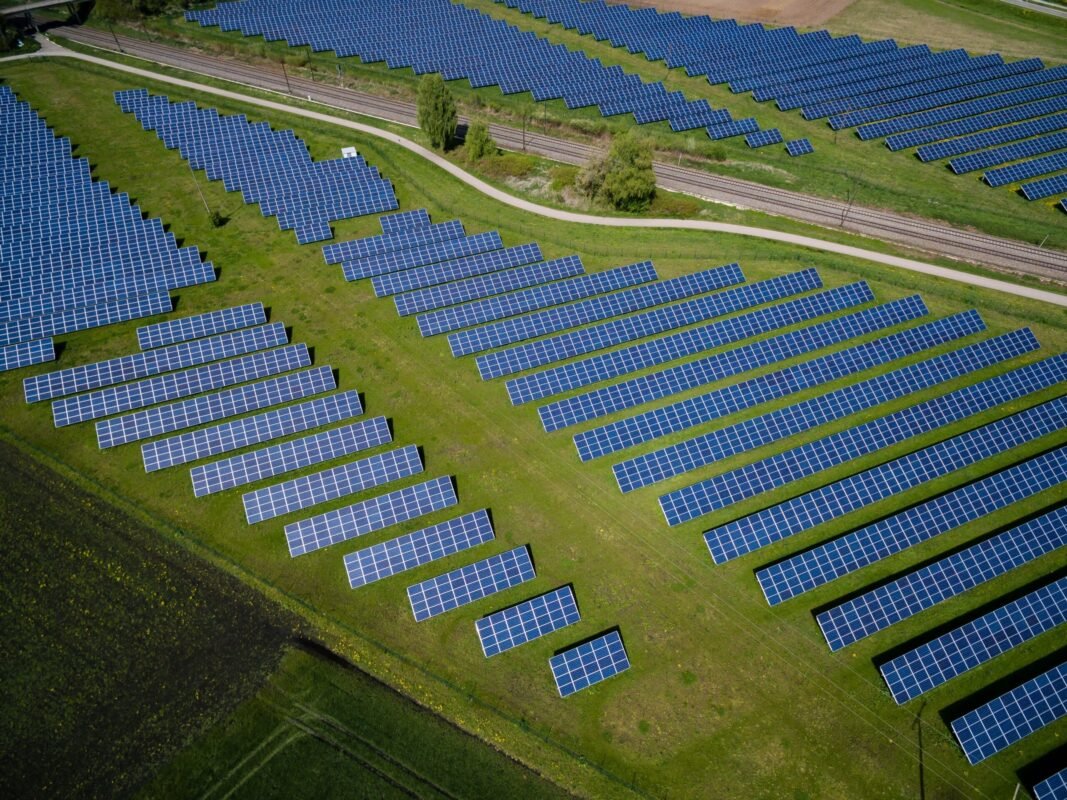Navigating the Heat: Understanding and Addressing Global Warming
Introduction: The Heat We Can’t Ignore
Global warming, a phenomenon that has gained unprecedented attention, is not just a scientific concept—it’s a reality affecting our planet and all its inhabitants. It refers to the long-term increase in Earth’s average surface temperature due to human activities, primarily the emission of greenhouse gases. Understanding global warming is crucial as it poses significant threats to our environment, ecosystems, and the well-being of future generations.
The Mechanism of Global Warming
Global warming is intricately linked to the enhanced greenhouse effect. While natural greenhouse gases, like water vapor, keep the Earth’s surface warm by trapping heat from the sun, human activities, such as burning fossil fuels and deforestation, release additional greenhouse gases into the atmosphere. This excess of greenhouse gases intensifies the natural greenhouse effect, leading to a warming of the planet.
The Consequences of Global Warming
-
Rising Temperatures:
The most direct impact of global warming is the rise in average temperatures worldwide. This warming trend contributes to more frequent and intense heatwaves, altering the climate patterns that have shaped ecosystems for centuries. -
Melting Ice Caps and Rising Sea Levels:
Global warming accelerates the melting of polar ice caps and glaciers, contributing to the rise in sea levels. This phenomenon poses a threat to coastal communities and low-lying areas, increasing the risk of flooding and submersion. -
Extreme Weather Events:
The warming of the planet fuels the intensity and frequency of extreme weather events, including hurricanes, droughts, floods, and wildfires. These events have devastating consequences for both human and natural systems. -
Impact on Ecosystems and Biodiversity:
Global warming disrupts ecosystems and threatens biodiversity. Species that are unable to adapt quickly enough face the risk of extinction. Shifts in temperature and weather patterns also affect the distribution and behavior of plant and animal species. -
Ocean Acidification:
The absorption of excess carbon dioxide by the oceans leads to ocean acidification. This process negatively impacts marine life, particularly organisms with calcium carbonate shells, such as coral reefs and certain types of plankton.
The Human Contribution to Global Warming
-
Fossil Fuel Consumption:
Burning fossil fuels—coal, oil, and natural gas—releases large quantities of carbon dioxide (CO2) into the atmosphere. This is a primary contributor to the enhanced greenhouse effect and subsequent global warming. -
Deforestation:
The clearing of forests for agriculture and other purposes reduces the number of trees available to absorb CO2 from the atmosphere. Trees act as natural carbon sinks, and their removal intensifies the greenhouse effect. -
Industrial Activities:
Certain industrial processes release potent greenhouse gases, such as methane and nitrous oxide. Agricultural practices, including livestock farming, also contribute to methane emissions.
Addressing Global Warming: A Call to Action
-
Transition to Renewable Energy:
Shifting from fossil fuels to renewable energy sources, such as solar and wind power, is crucial in reducing greenhouse gas emissions. Supporting and investing in clean energy technologies is pivotal for a sustainable future. -
Reforestation and Forest Conservation:
Protecting existing forests and undertaking large-scale reforestation efforts help sequester carbon dioxide. Trees play a critical role in mitigating the impacts of global warming. -
Sustainable Practices:
Promoting sustainable practices in agriculture, industry, and daily life is essential. This includes adopting energy-efficient technologies, reducing waste, and choosing eco-friendly alternatives. -
International Cooperation:
Global warming is a shared challenge that demands international collaboration. Countries must work together to set and achieve emission reduction targets, share technology, and support vulnerable nations. -
Advocacy and Education:
Raising awareness about the consequences of global warming and advocating for sustainable policies are integral to fostering widespread support for climate action. Education empowers individuals to make informed choices that contribute to a sustainable future.
Conclusion: A Race Against Time
Global warming is a pressing issue that requires immediate attention and concerted efforts. As the Earth’s temperature continues to rise, the consequences become more severe and harder to reverse. It’s not merely an environmental challenge; it’s a threat to the well-being of current and future generations.
Addressing global warming demands a collective commitment to sustainable practices, innovative solutions, and international cooperation. Each individual action, from reducing carbon footprints to supporting sustainable initiatives, contributes to the larger effort of mitigating the impacts of global warming.
In the race against time, understanding the mechanisms, consequences, and solutions is paramount. It’s a race we must run together, hand in hand, to ensure a sustainable and habitable planet for generations to come. The heat of global warming demands our attention, our dedication, and our collective will to make a difference.


